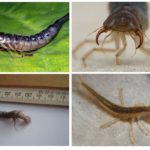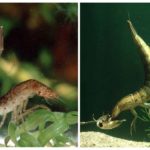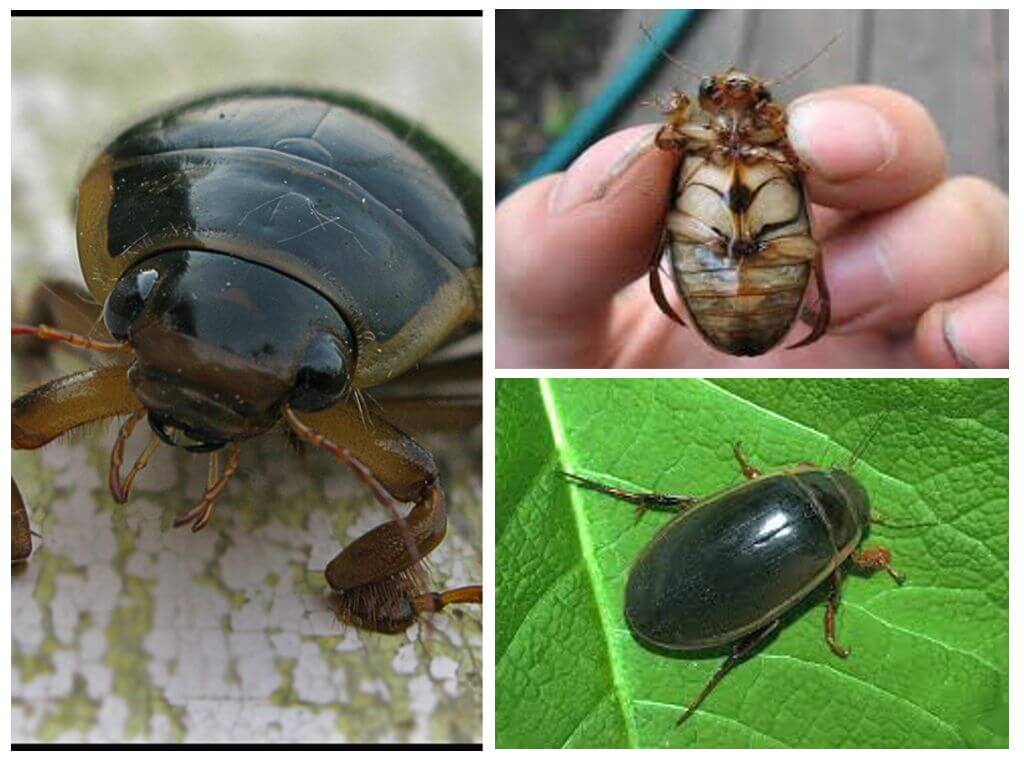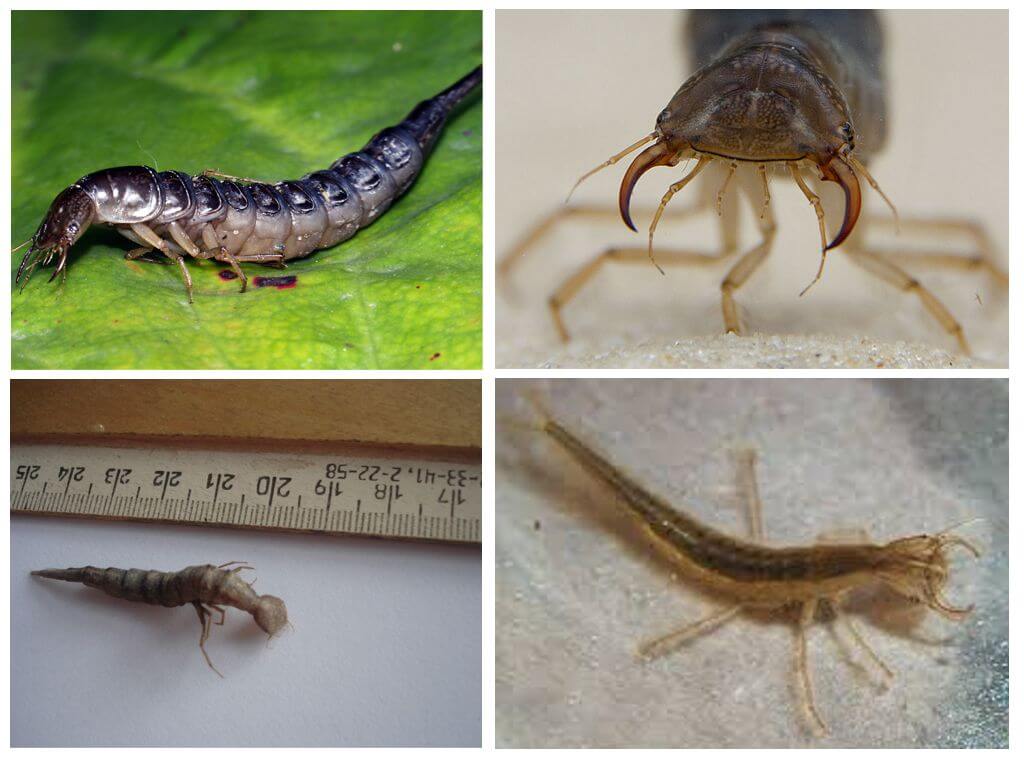Beetle beetle
Content
- Fringed fish
- Plowun
- Swimming larvae
- Swimming larvae
Beetle beetle - carnivorous insect, which is a representative of a large family of beetles. Due to the high adaptability to adverse environmental conditions, various species of this family can be found in the countries of Eurasia. Insects inhabit even North America and the Arctic regions.
The beetle lives in standing ponds, preferring deep and having a rich fauna reservoirs.After all, according to the way of feeding, the fish is a predatory insect, therefore a good supply of food is simply necessary for it. However, subject to certain conditions of keeping, the beetle beetle can feel great even in an aquarium.
Features of the structure of the insect
The description of the beetle beetle has much in common with other members of this family. This is a rather large insect - the body length of the swimmer is about 4.5 cm. Most of the members of this family are black in color. It happens and the brown color of the finfish with an olive sheen. The long streamlined body contributes to the easy movement of the beetle in the water.
The body of the insect has three parts of the body, which are motionlessly interconnected: the abdomen, the head and the chest. And the head of the insect is pressed into the chest, which smoothly passes into the abdomen due to the merged pectoral segments.
On both sides of the head are complex eyes. So they are called because they consist of many simple eyes (about 9 thousand). This allows the insect to distinguish the objects around it and the plant world. In the role of organs of touch and smell are the antenna whiskers.The insect's mouth apparatus is presented in the form of strong jaws, thanks to which the beetle grabs and crushes its prey. The scheme of the structure of the swimmer and the scheme with signatures are presented below.
The insect is kept on the plant with the help of two front pairs of legs, which possess a grasping reflex. Gentle wings are protected by rigid elytra, which are characteristic of all beetles of this family. Such a structure of the beetle beetle allows it not only to swim, but also to fly, which helps the insect, if necessary, to change its habitat. Although he does this only in extreme cases, for example, when a pond dries out. The beetle uses the back pair of legs as oars. Below you can see how the sea beetle looks like in the photo.
On the ground, the water beetle moves quite slowly, waddling from side to side. While walking, he goes through the front legs, the back pair of legs serves to push off.
Interesting!
Most favorite habitat swimmers are ponds with stagnant water, having algae thickets. While the strongest individuals are able to live even in a ditch or puddle.
What eats beetle
Beetle swimmers are predatory insects.They, like river dwellers such as otter or beaver, can be dangerous for a whole population of fish. Small fish, insects, frogs tadpoles, mosquito larvae, water worms, as well as dead toads - this is what the sea beetle eats.
Sufficiently sharp and wide mandibles of beetles are designed to destroy prey, the size of which may appear several times larger than their own. A swimmer is not afraid to attack even a large inhabitant of a reservoir. When attacking, the victim seeks to throw off the predator with a sharp movement. But the wound inflicted by the beetle’s mouth begins to bleed, as a result of which the droplets of blood emitted become a signal for the attack of the rest of the swimmers.
On a note!
If you keep a beetle at home, you can offer fish or meat as a pet food. It is not recommended to place a swimmer in one aquarium with ornamental fish, the probability of an attack on them by a predator cannot be ruled out.
What kind of life are insects
Despite the fact that swimmers are able to fly and navigate over land, their habitat is still water. Therefore, they spend most of their time in it, occasionally floating to the surface. After all, insects breathe atmospheric air.For this, the beetle exposes the back of its abdomen above the water in order to fill the special cavity with the next portion of oxygen.
With the arrival of cold weather, the swimmers hibernate, arranging for this in the soil cozy sleeping beds. There they dwell throughout the winter.
Breeding
The process of reproduction of swimmers is activated with the arrival of spring. Leaving their shelters, the beetles go in search of the reservoir. In the new habitat, they begin to choose a partner. In the process of fertilization, males do not show signs of gallantry. Having found a female, they attack it and hold it with the help of suckers located on the front paws.
But sometimes one female can mate with several males in a row. In such cases, the likelihood that it will survive is quite low. After all, swimmers are periodically forced to rise to the surface of the water in order to breathe. Being at the time of fertilization below, the female is deprived of such an opportunity. But the male, being on top, can linger at the surface and get the required amount of oxygen.
You should also take into account the fact that the mating process takes much longer than the insect can be without air under water.Therefore, if the female fails to go upstairs in time, she can simply suffocate from the lack of oxygen.
After mating, the female proceeds to lay eggs. At one time she is able to lay up to hundreds of eggs, and up to a thousand in a season. She lays eggs on the stems of aquatic plants in the water. After some time, the little larvae are born, which are so voracious that they begin their hunt almost from the moment of birth.
The development of the larvae
The larva of the beetle beetle, launching its powerful jaws into the body of the victim, releases gastric juice. This compound dilutes the insides of the victim, turning them into a liquid state. After that, the larva starts the meal, sucking food with two holes located on the sides of the jaw.
After two molts, young individuals tend to the land, where in the wet land they make shelter for themselves. In it, they pupate, and remain there to live for 0.5-1 months (depending on weather conditions). After which, a beetle beetle emerges from the pupa. He spends about 7 more days under the ground until his covers become strong. As soon as the beetle acquires a durable shell, it leaves its shelters, and goes into the water. Life expectancy of a swimmer is about a year.
Enemies of a swimmer
The consequence of the appearance of beetles in fish farms or artificial reservoirs may be the extermination of large numbers of fish. However, there are such creatures who eat the swimming beetle in the pond with great pleasure - these are various invertebrates, large fish, birds and mammals.
Interesting!
At times of danger, swimmers emit an unpleasant-smelling liquid, which has a deterring effect.
There are enemies in the larvae of swimmers. We are talking about a water parasitic insect - a horseman with a strange name prestvichii. Having found a floating egg, the female rider lays its eggs in it. The formed larva of the parasite will eat the insides of the victim's eggs until it turns into a pupa. In the light comes out already formed adult individual rider.










 (votes: 14, Average rating: 4.71 out of 5)
(votes: 14, Average rating: 4.71 out of 5)


